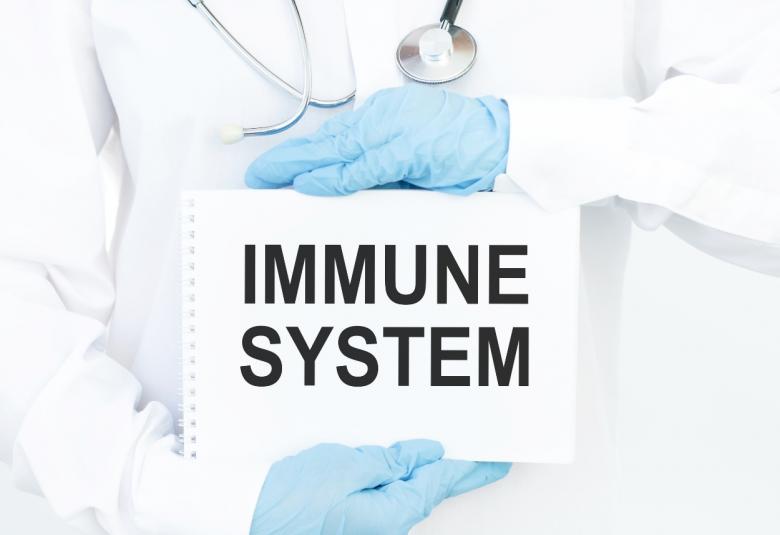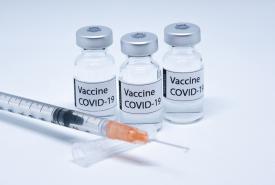PharmaTutor.org has been created with the aim to create an interactive platform which could provide unprecedented support to novice pharmacy students and researchers in their day to day doubts and also to increase the awareness among the students about this field and introduce the various upcoming areas of research and Job opportunities.
7th Career Guidance Webinar PHARMA EXPERT TALK
22nd August, 2020 (Time : 11:00 AM)
Register for Webinar
Learn all career insights on 'How to face an Interview?' with smart, energetic and experienced Pharma expert.
Registration Fees : Free
Who can attend?
• Students and Teaching Faculty from Pharmacy, Health Sciences, Life Sciences
• Entrepreneurs, Researchers, Industry professionals etc.
Organized by
PharmaTutor Edu Labs
FOR ANY QUERY CONTACT ON : 9558719834
Registration Link>>












